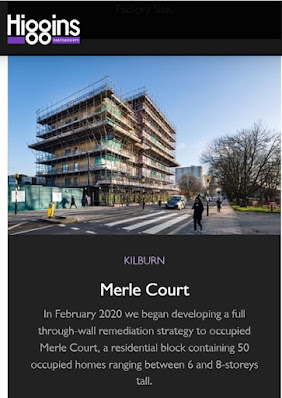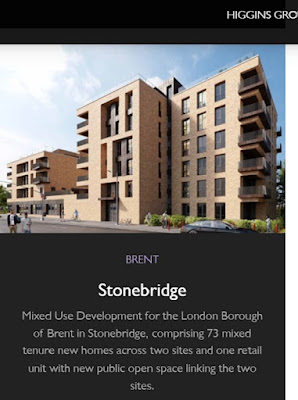Barry Gardiner has written to Brent Council CEO regarding concerns over the Council's planning application for Newland Court in Wembley Park:
Dear Ms Downs,
Our Ref: WL / ZA36316
Newland Court Garages, Forty Avenue, Wembley – Planning Application Reference: 22/3124
Alternative Reference: PP-11328951
I write on behalf of a number of constituents regarding their concerns for the planning proposals at Newland Court. I would ask that this correspondence be considered as part of the formal consultation.
As you are aware, I do not normally intervene in planning matters unless they have major infrastructure implications or where there is a suggestion that there may have been a failure of process.
In the case of Newland Court I refer to Brent’s Responsible Growth Strategy and Borough Plan. They set out a number of themes primarily: affordability, equity, sustainability and inclusivity. I am concerned that these themes may not have been sufficiently considered during the consultation process.
The proposed reduction of parking spaces from 40 to 12, will certainly affect the existing residents of the 60 flats at Newland Court.
I understand there are at least 5 disabled blue badge users living in Newland Court. It is my understanding that there are no plans to provide disabled parking bays. One of the primary benefits of disabled parking is that it ensures disabled residents have ease of access to their property. I am concerned that the accessibility of Newland Court for disabled residents will be severely restricted. This relates to the principle of inclusivity.
Many residents in Newland Court are reliant on vehicles for their work, and their salary does not typically permit a sudden increase in monthly outgoings. I am concerned that there may be significant financial implications for these groups should they be forced to seek parking elsewhere, aside from the inconvenience and impact it will have on their employment. This relates to the principle of affordability.
Security has been a long-standing issue at Newland Court and Grendon Gardens, particularly in relation to non-residents using communal areas and engaging in anti-social behaviour. I am concerned that the proposals will encourage greater use of the area and lead to increased problems of unauthorised access impacting on the security of vulnerable residents.
I am also informed that there have been long-standing issues at Newland Court and Grendon Gardens regarding refuse collection and that the proposal would reduce the number of refuse bins from 14 to 6. Given that the current bins already regularly overflow residents are unhappy with this aspect of the proposal. This relates to the principle of sustainability.
Please advise what weight was given to residents’ concerns in this regard when considering this application and how it conforms to the principles set out in the Borough Plan and Brent’s Responsible Growth Strategy.
Thank you for your attention to this matter and I look forward to your response.
Yours sincerely,
Barry Gardiner
Member of Parliament for Brent North




















